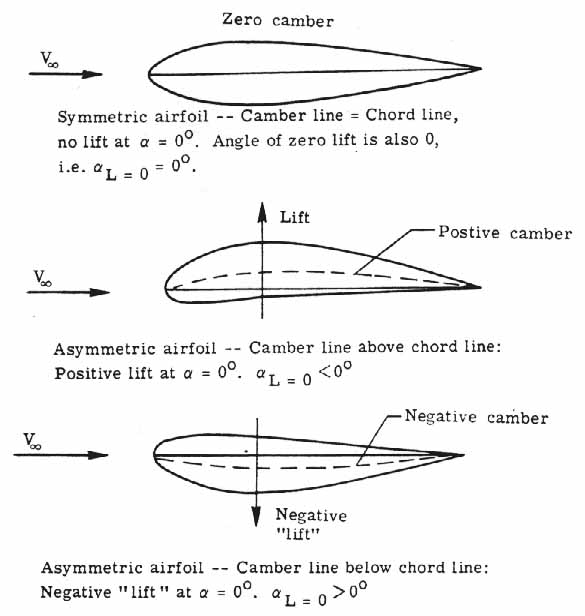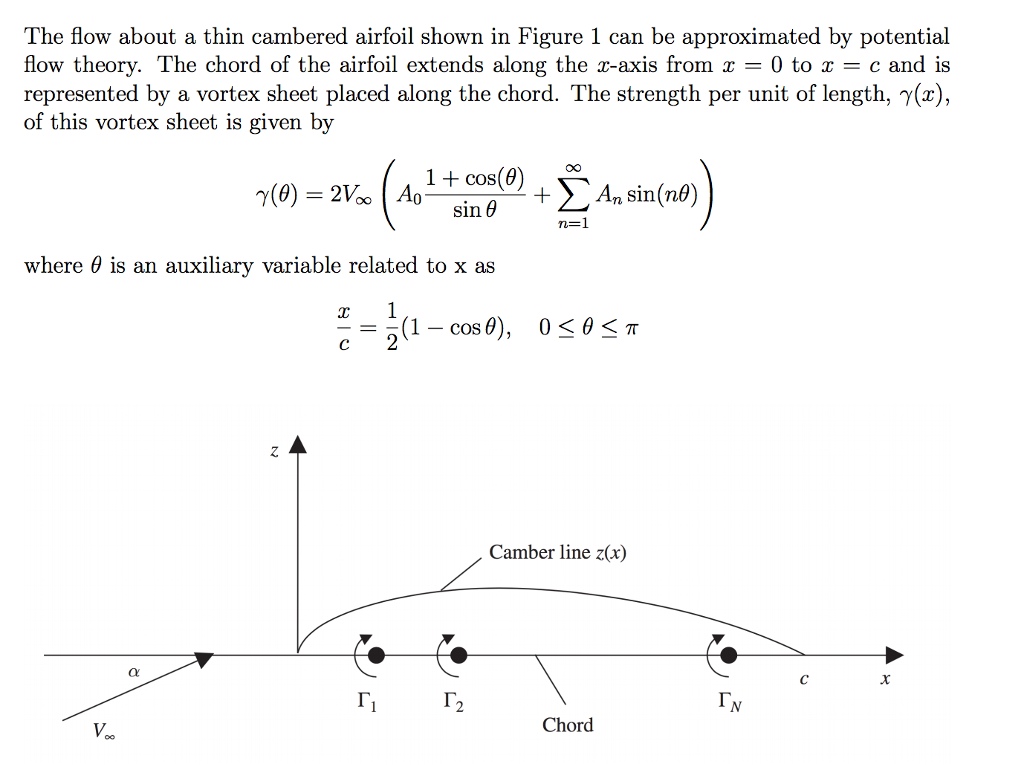

He improvised the car in 1971, which was underperforming, to the winning car (as a manager post-retirement from racing), this invention was inspired from spoilers attached to the rear of bodywork to cancel lift by certain teams in the 1950s. Its origin and usage on race car was introduced by Late Dan Gurney (1931-2018) a racing car driver, who later owned a racing car company AAR (All American Racers). Addition of Gurney Flap to enhance lift of an airfoil/wing is not a new concept to be thought of it was erstwhile originated from racing cars, but its roots can be traced back to 1935 by E. Generally its height varies between 1% - 2% of chord or inside boundary layer.

The Gurney flap is a small flap (like tab in aircraft wing trailing edge), added at the trailing edge of an airfoil or wing at right angle to the pressure surface. At last, results obtained from combination of VG at leading edge and GF at trailing edge on Eppler 423 aerofoil are discussed at length. Also, effect of adding VG at the leading edge of Eppler 423 aerofoil is presented in this paper. Vortex Generators (VG) generate counter rotating vortices that allow the flow to remain attached even at high angles of attack. Eppler 423 being a highly cambered airfoil produces high lift coefficient and smoother stall and by adding the GF of various sizes the performance of Eppler 423 improves tremendously and reason for this enhanced performance and effect of size of GF are presented in this paper. In the present study, Eppler 423 airfoil is used to first understand the aerodynamics of such a highly cambered airfoil and later GF of various sizes w ere added on it to understand the change in flow dynamics achieved by adding the GF and their impact on aerodynamic parameters such as C l, C d and C l / C d. Use of GF at the trailing edge of the airfoil enhances the lift due to increase in the effective camber of the airfoil, which in turn improves the aerodynamic efficiency i.e. In the past extensive research has been carried out, to study the effect of Gurney flap (GF) on symmetric and cambered airfoil for its usage in low Reynolds number regime.


 0 kommentar(er)
0 kommentar(er)
